11 cookbooks to inspire you to try something new in 2019
Publishers and authors, it seems, have got weary of the old cookery-book formula of lots of recipes and pretty pictures. Leslie Geddes-Brown selects some different offerings.
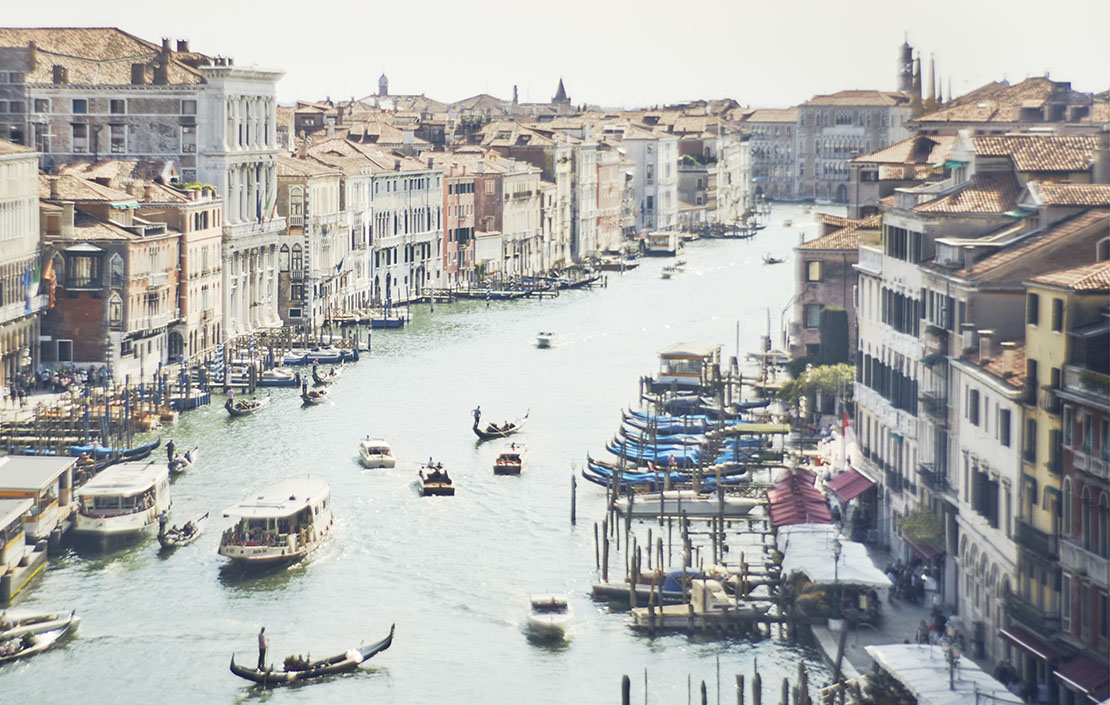

The New Art of Cooking by Frankie Unsworth
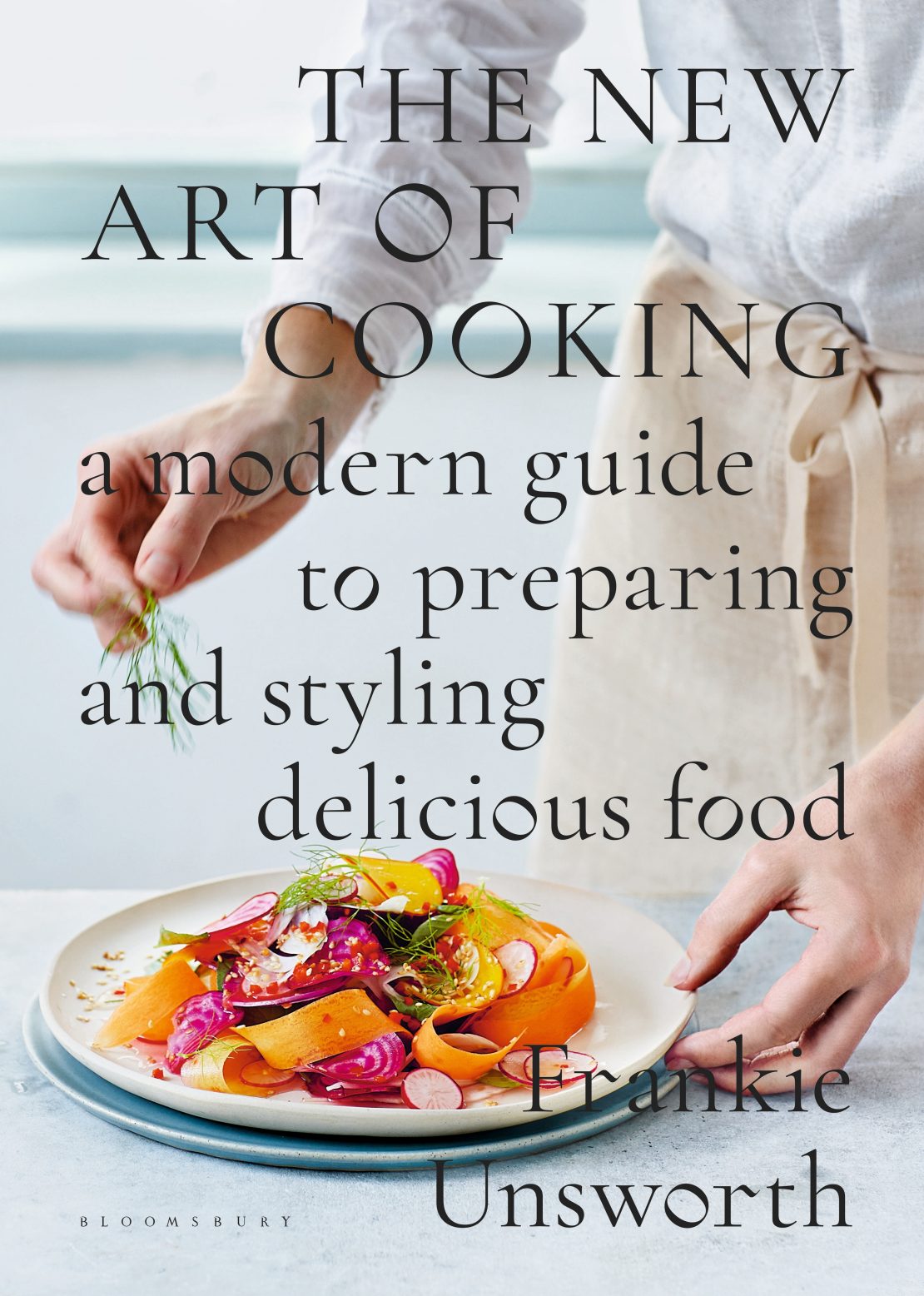
This book takes the pretty-picture idea and explains how it’s done. Miss Unsworth is a stylist, who has organised photography for books by Michel Roux and Rachel Khoo, among others. Her tips include piling your prosciutto high to make it look generous, cutting multi-coloured tomatoes through the equator or leaving them on the vine and dyeing hard-boiled eggs beetroot red or turmeric yellow. I’m finding it a great pleasure to use.
The Art of the Larder by Claire Thomson
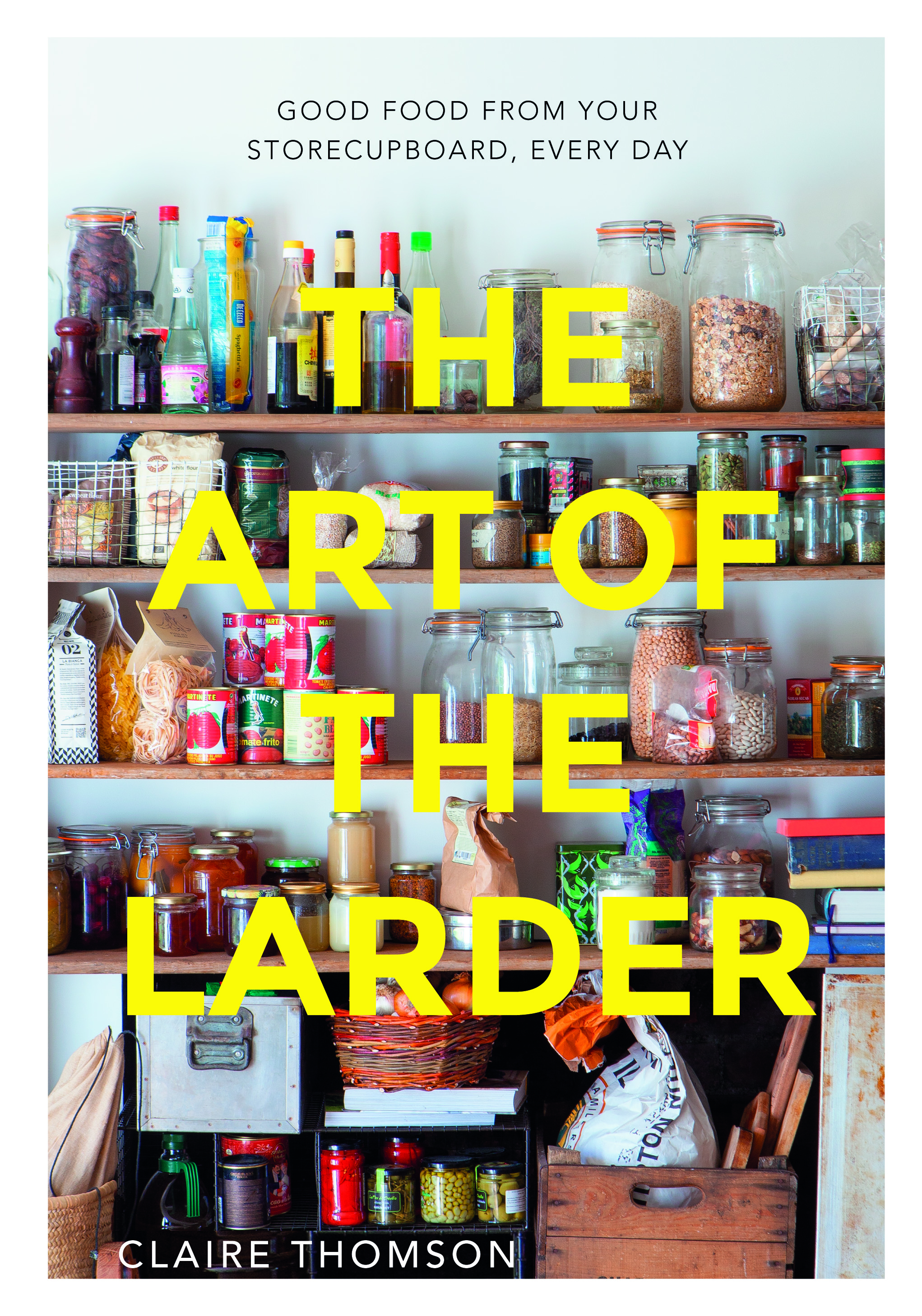
The Art of the Larder fulfills my need to learn more about ingredients and less about recipes. Divided into chapters such as spices and vegetables, the author lists ‘larder basics’ to have on hand and follows this with recipes using the goods. Very useful, although I would have liked more and rarer ingredients and fewer recipes.
A New Way to Cook by Sybil Kapoor
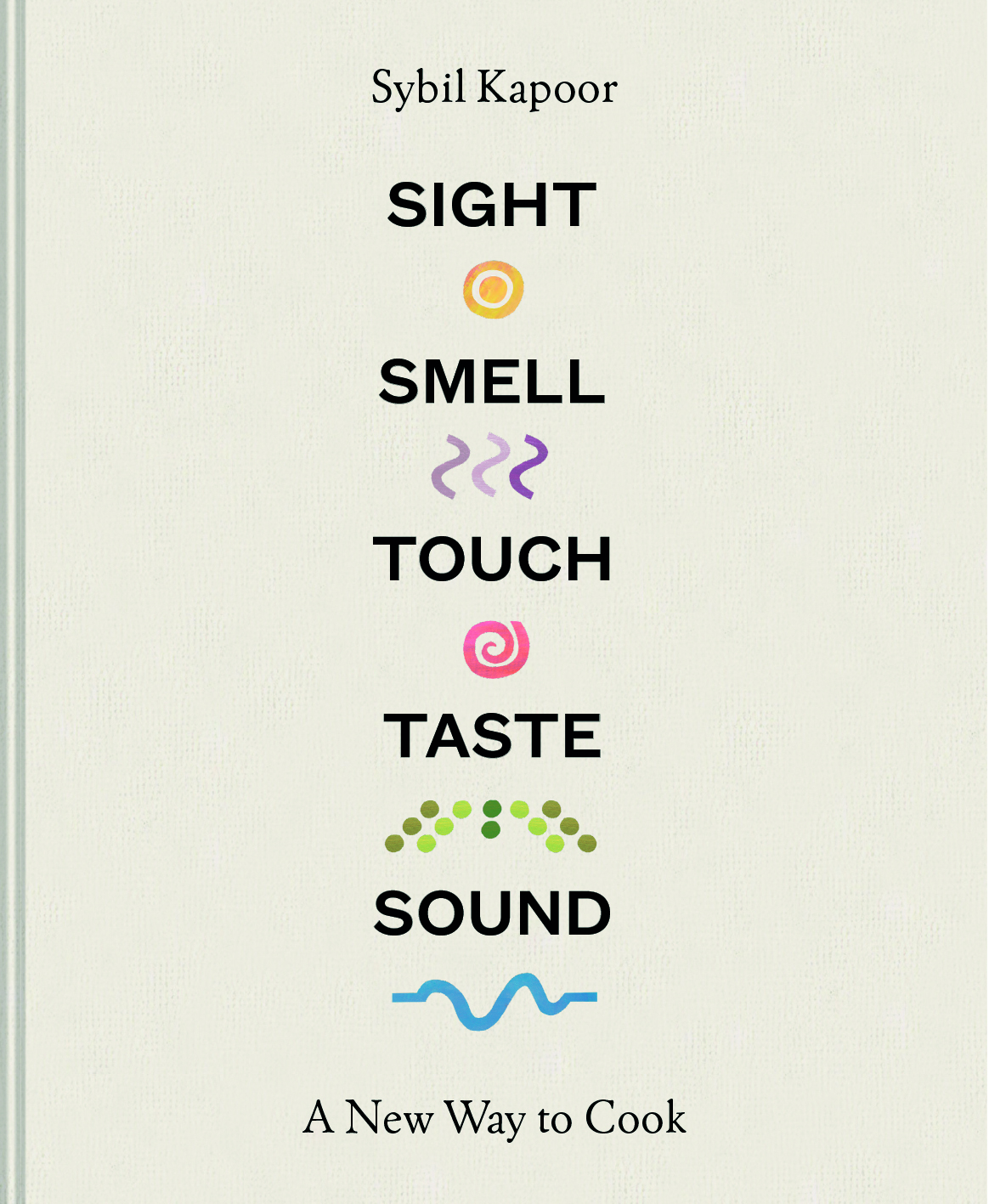
The author started by asking herself ‘What makes a recipe delicious?’ and her answer is to employ all five senses—sight, smell, touch, taste and hearing—in cooking and eating. The book is divided into these sections (although hearing gets a poor deal). This is a book that should be read carefully for its thoughts rather than for its recipes.
Lateral Cooking by Niki Segnit
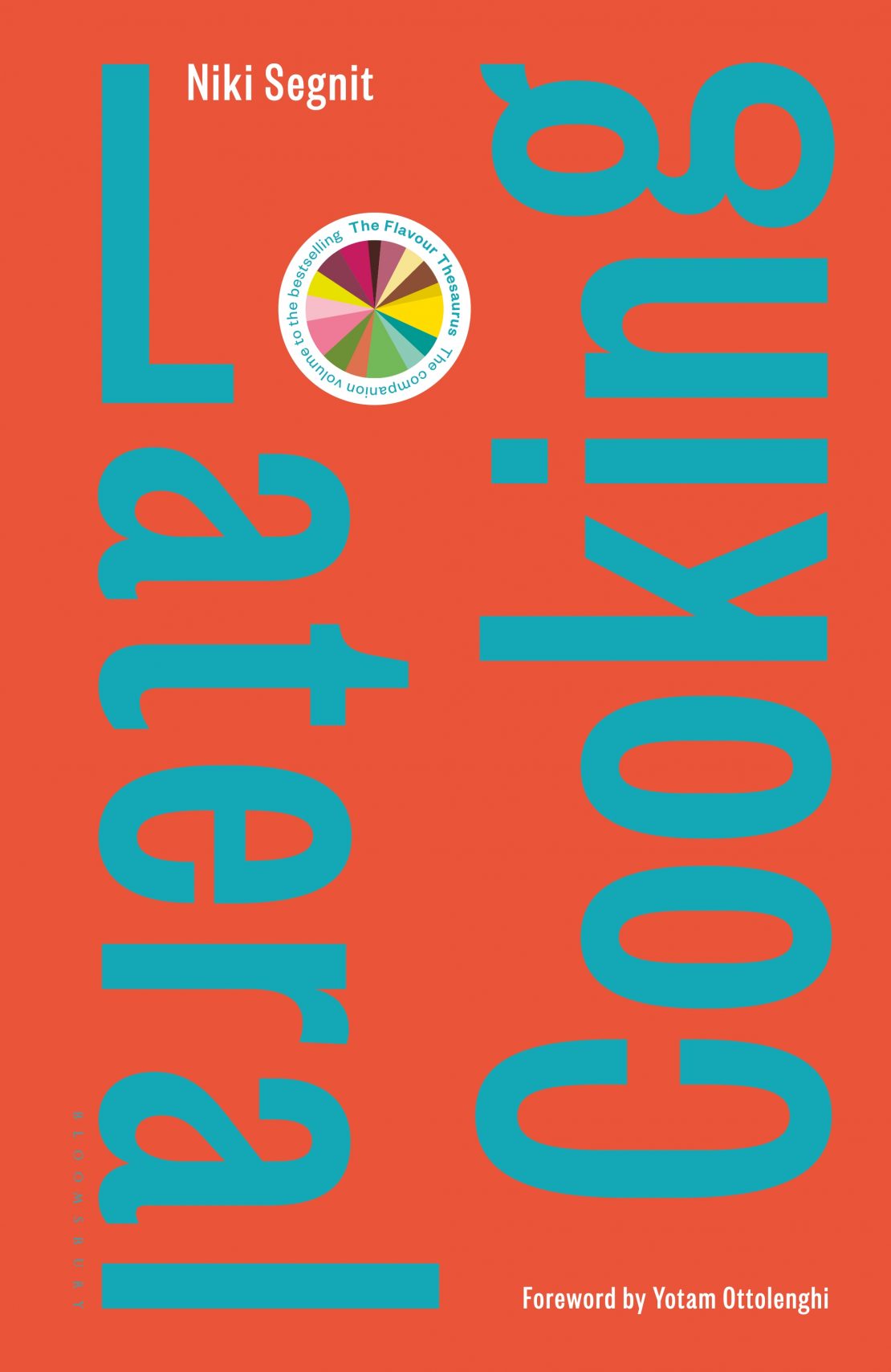
Following on from the success of The Flavour Thesaurus (more than 250,000 copies sold), Niki Segnit produces this huge tome (without a single photograph) that shows how to cook by instinct and ingredient rather than by recipe. She describes a basic recipe, then appends a ‘leeway’ section suggesting variations of ingredients or spices to suit what you have in the house. The books takes a bit of understanding, but already I’m finding it thought-provoking and useful.
Sign up for the Country Life Newsletter
Exquisite houses, the beauty of Nature, and how to get the most from your life, straight to your inbox.
Bloomsbury, £35 (£31.50 online)
A Long and Messy Business by Rowley Leigh
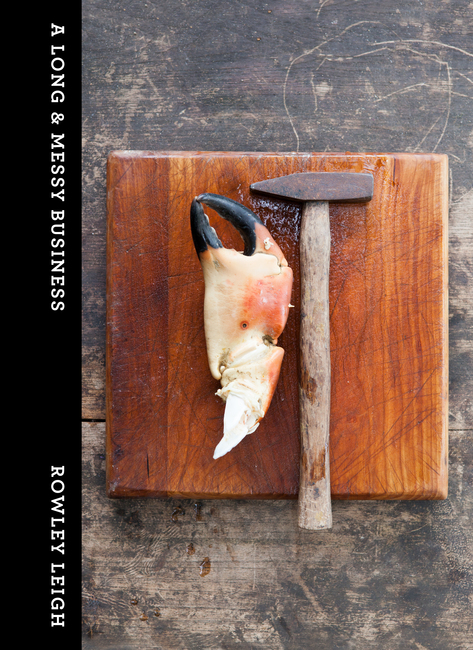
At last, a publisher has had the sense to reprint those articles from newspapers that are so fleeting. In this case, the pieces come from Rowley Leigh’s Financial Times columns and each not only has a recipe, but also a useful introduction to it. Mr Leigh says: ‘I get fed up with the number of cookbooks that promise a quick and easy meal.’ One of his, for minestrone, took me 31/2 hours (plus overnight soaking for the beans), but it was worth the effort.
Venice: Four Seasons of Home Cooking by Russell Norman
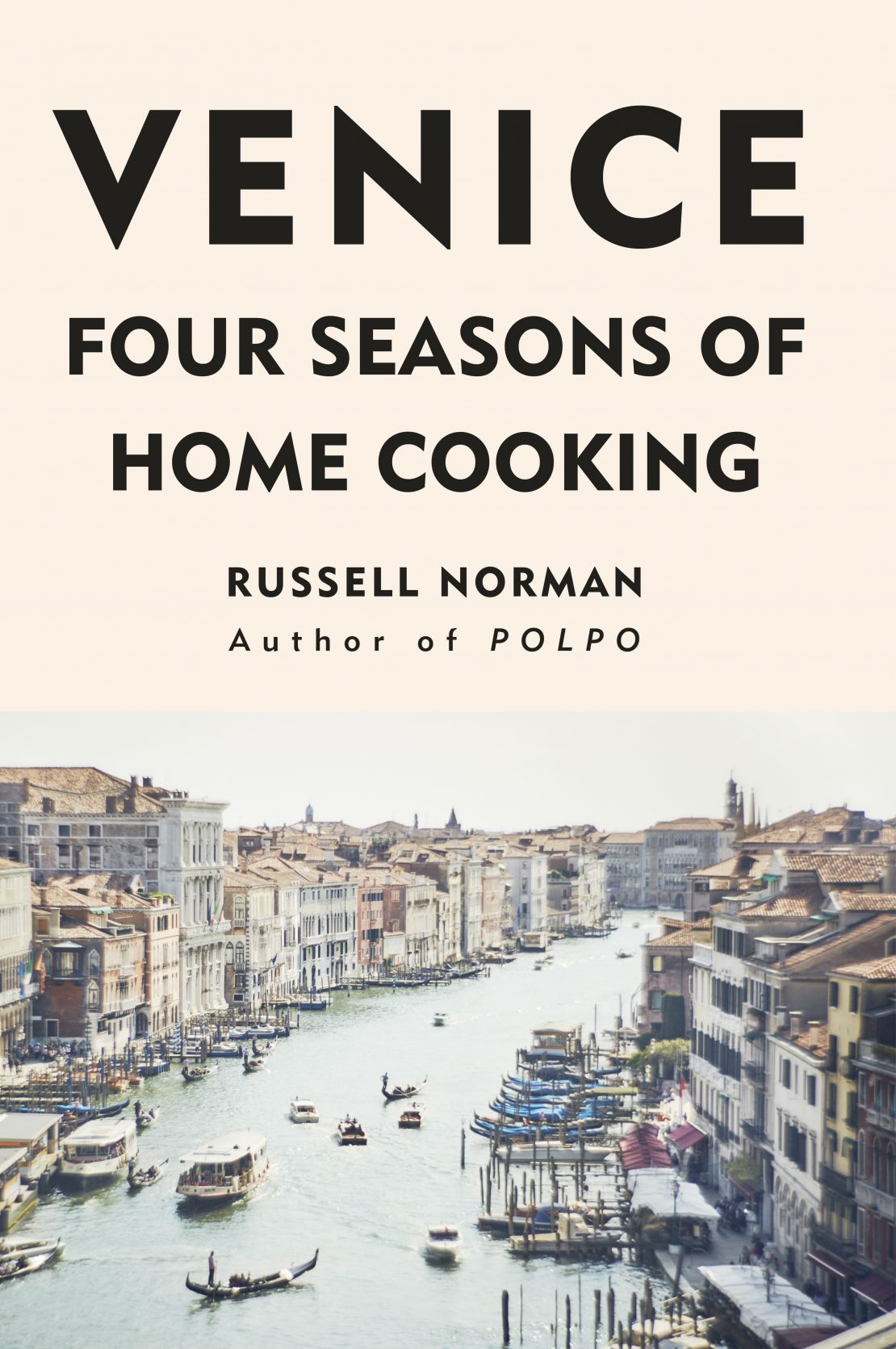
The other trend is the complete eclipse of French cuisine by Italian cucina. There are two weighty books on Venetian food. Venice, I would have thought, is the Italian city least suitable for this treatment, but, of course, the architecture is wonderful. ‘Venice: Four Seasons of Home Cooking’ by Russell Norman takes full advantage of this, with numerous photos of the author, scowling and bearded, out in the streets (the book is also a useful guide to the city). The recipes are just what you want—characterful, delicious and fairly simple. The book follows Mr Norman’s other cookery book on Venice—his award-winning Polpo.
A Table in Venice by Skye McAlpine
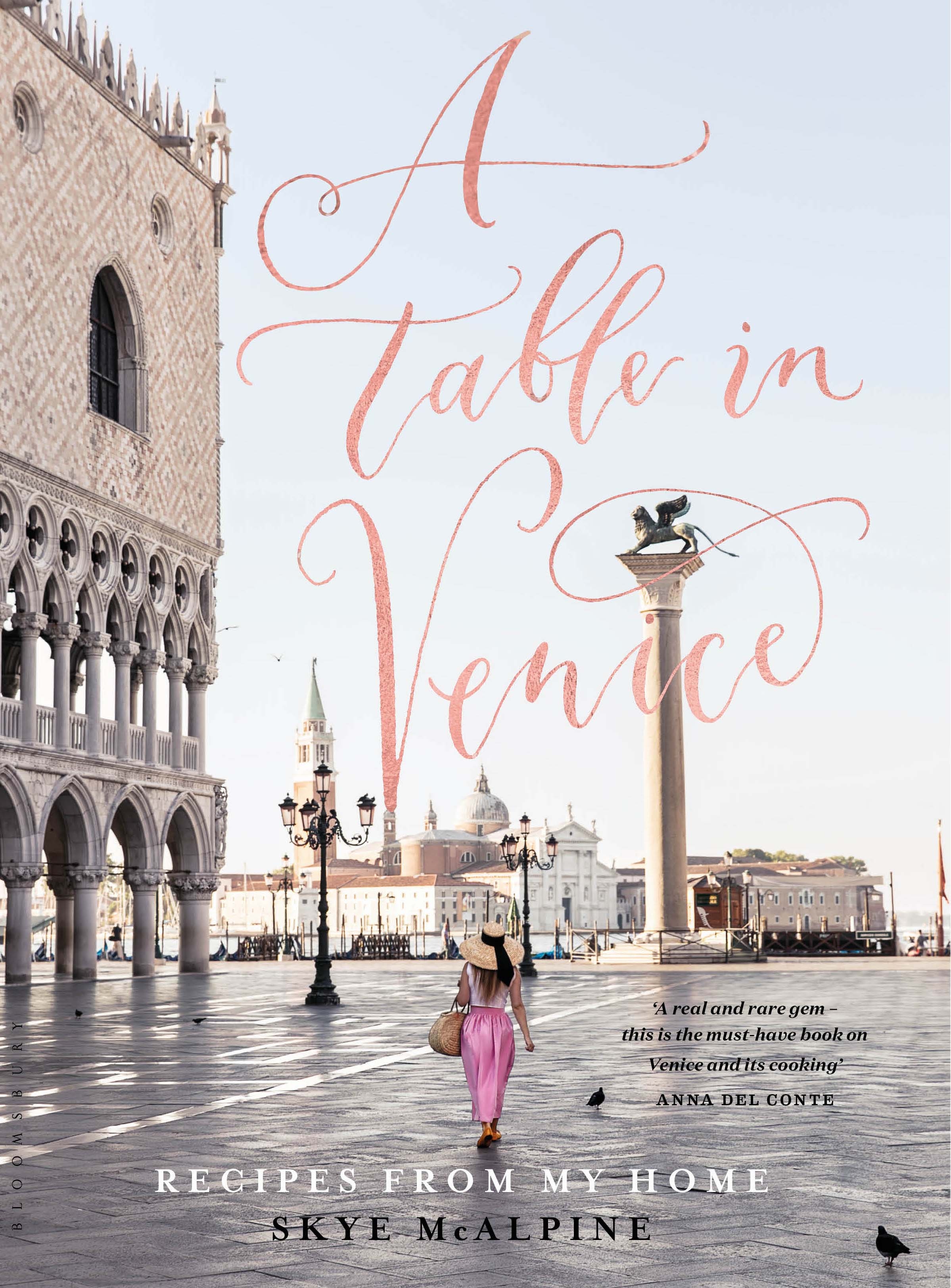
The second offering is A Table in Venice by Skye McAlpine. This is a debut cookery book by the daughter of Tory peer Lord McAlpine, who’s lived in the city since childhood. It’s full of knowledge and careful local detail and the photographs, lively with Venetians enjoying themselves, are her own. As you’d expect, there are lots of recipes for fish. If I had to choose between these two books, I’d find it difficult, but I think this one wins by a nose.
The Modern Italian Cook by Joe Trivelli
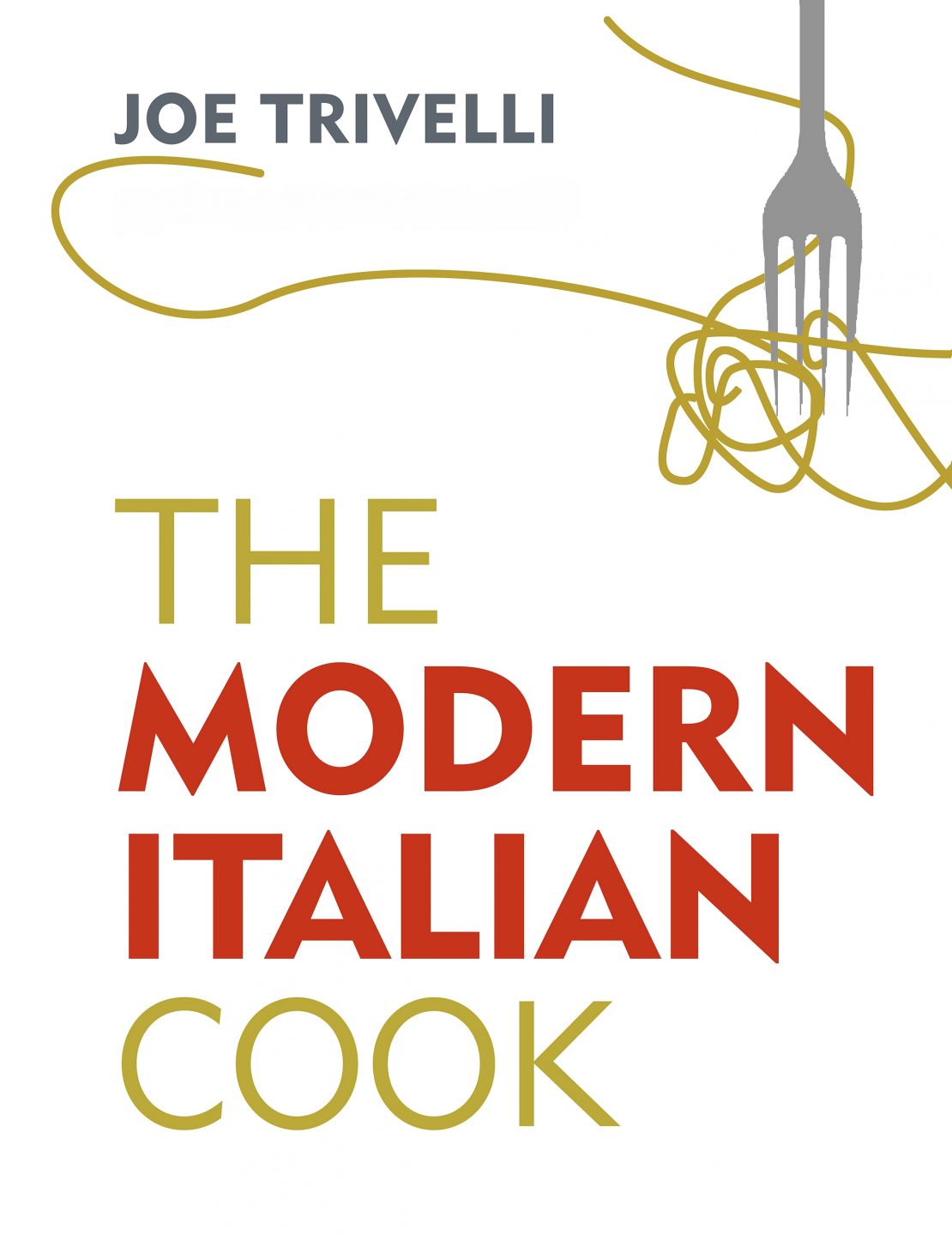
Mr Trivelli is the co-head chef at the River Café and admits that he owes a huge amount to its founders, Rose Gray and Ruth Rogers. He’s half-Italian and his cooking takes the traditional dishes and translates them for British tastes. Some of his dishes are hard to achieve—whole porcini in a pan, for example, as I have yet to see a whole porcini for sale anywhere here. Baby octopus is a bit difficult, too. However, most dishes are not just tasty, but interesting as well.
Vegetables all’Italiana by Anna Del Conte
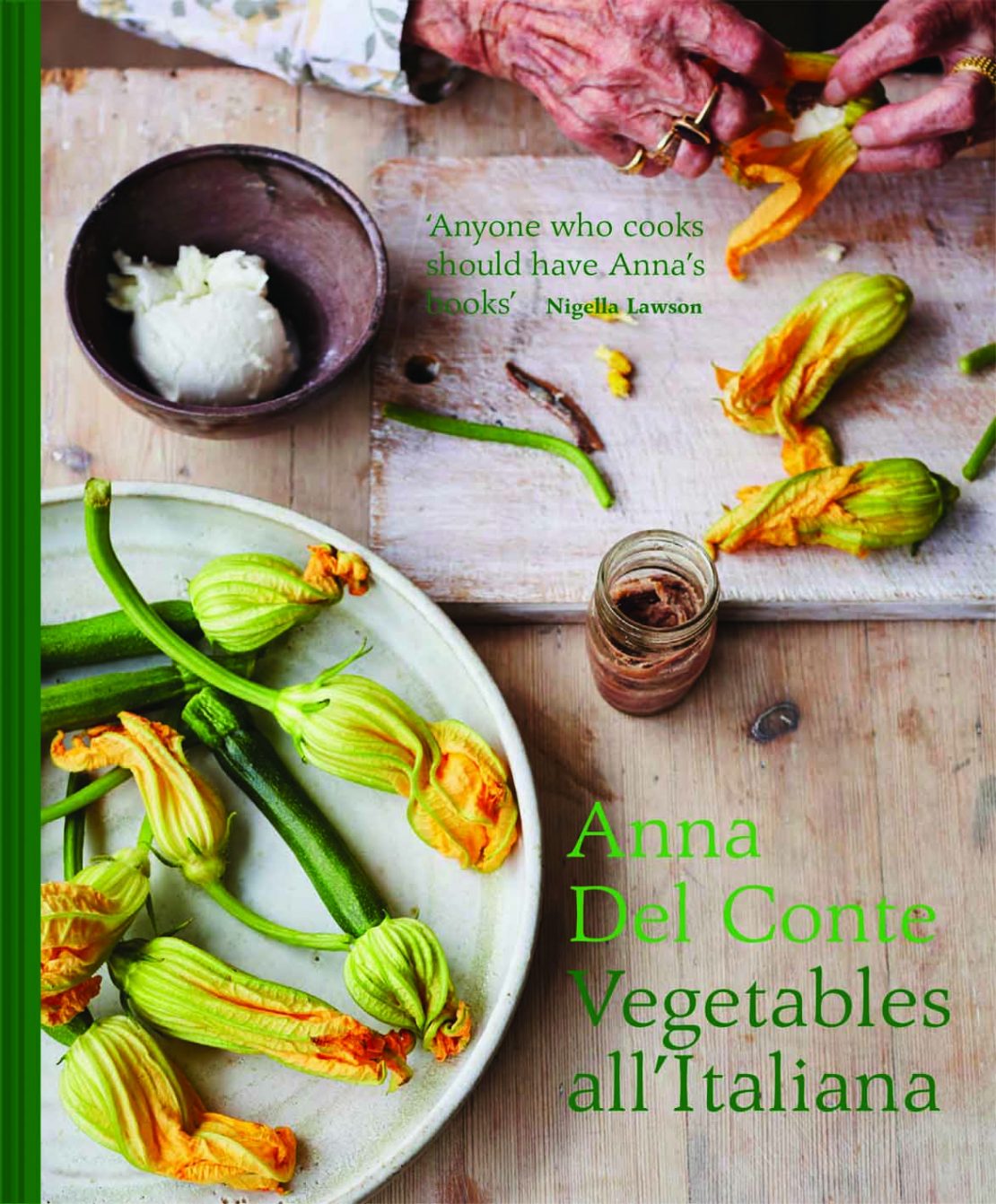
Miss Del Conte is a veteran writer on Italian food and this is a distillation of decades of cooking experience. With both vegetarian and vegan cooking currently so trendy, this is a book to have. Most of the ingredients can be easily found.
Vegetariano by Slow Food Editore (Translated Natalie Danford)
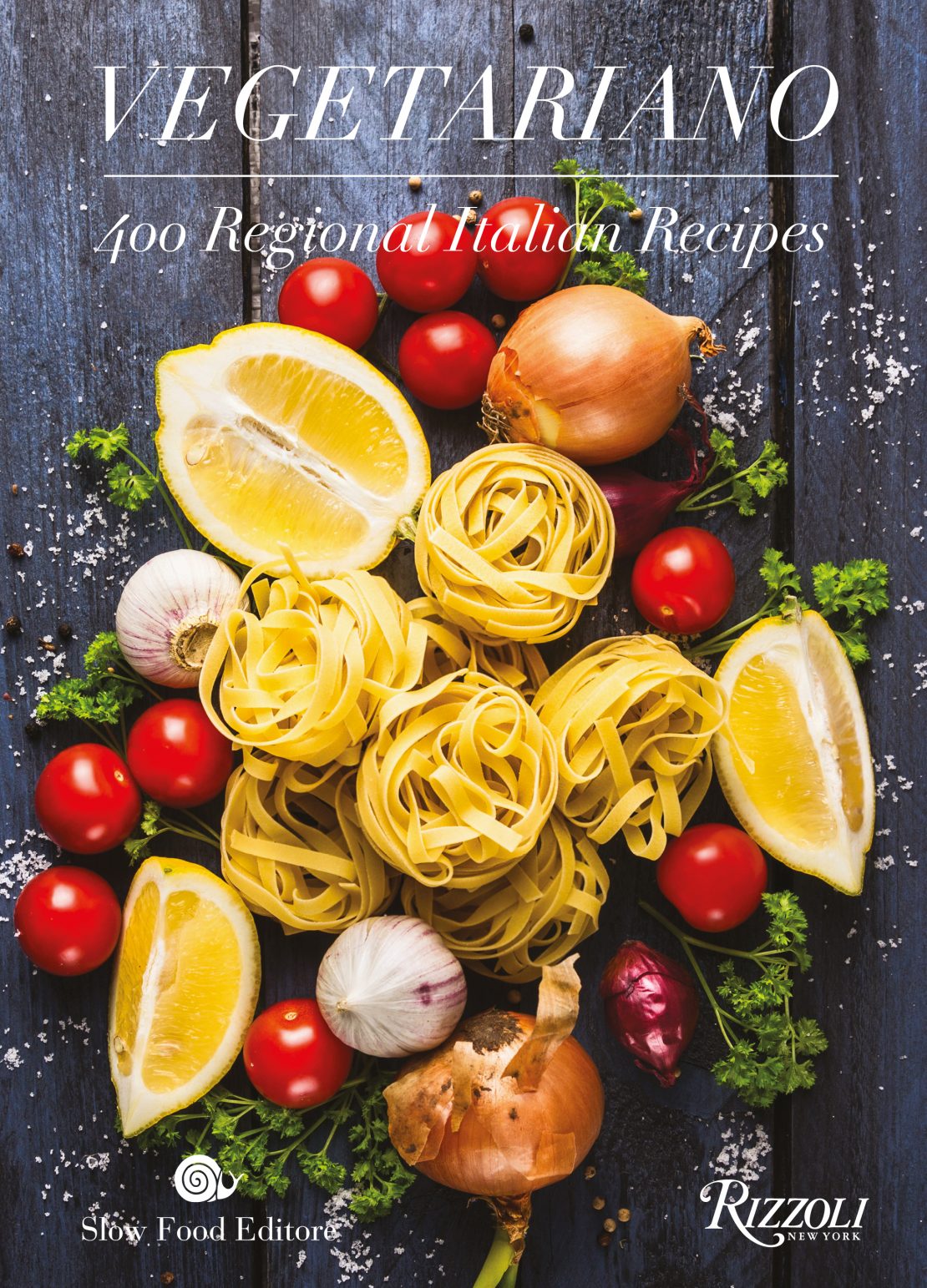
Slow Food, which has collected dishes from restaurants, tavernas and cooks for this book, was started in 1989 to preserve local foods. Here, there are more than 400 recipes, including pasta, pizzas, puddings and soups. It’s a wonderful compendium.
Eataly: All About Pasta

Eataly has 40 shops worldwide selling Italian food and drink (philosophy: the more you know, the more you enjoy). Pasta dishes may be popular in Britain, but we don’t know the half of it. This book will widen your eyes and your knowledge.
Risotto and Beyond by John Coletta
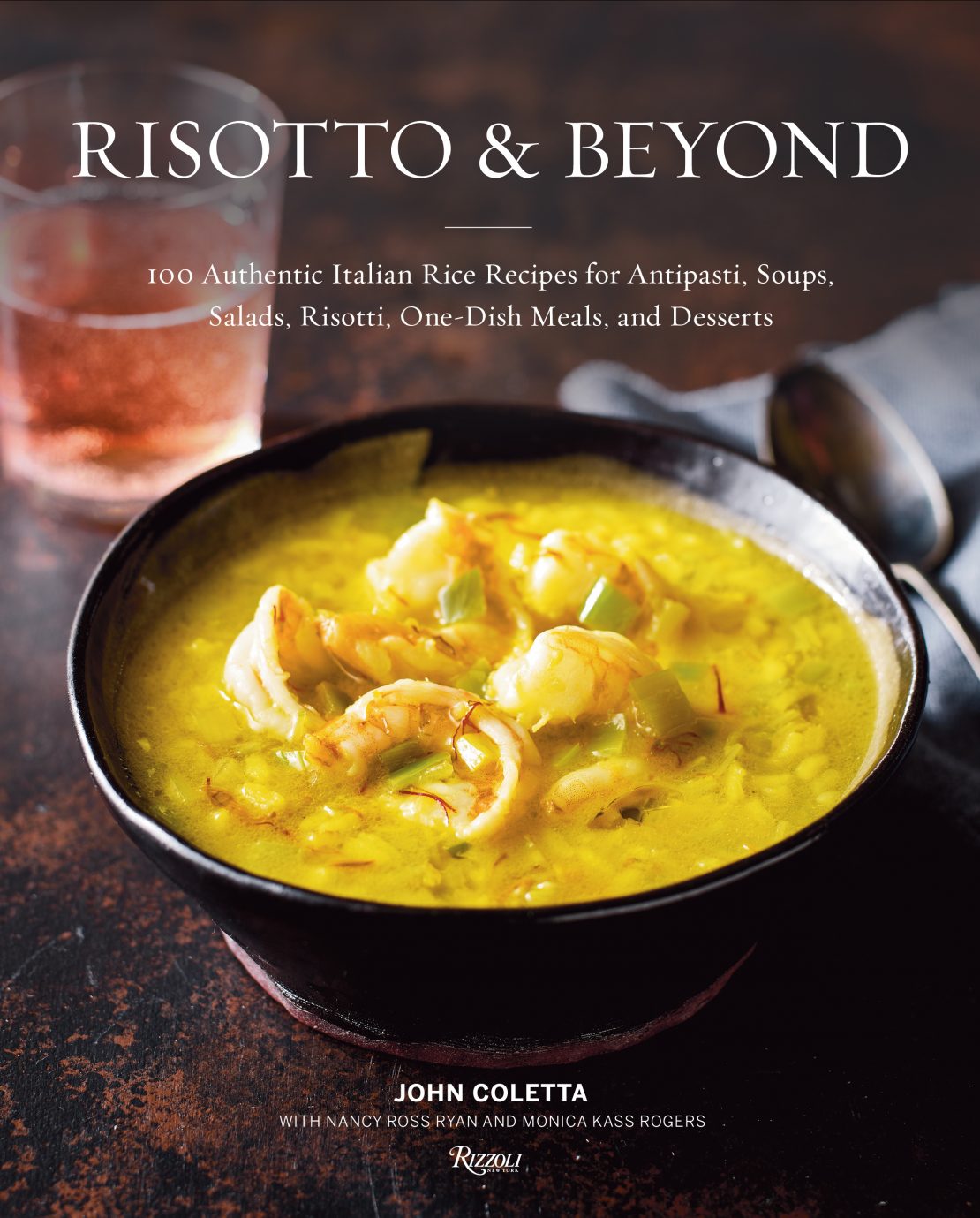
Risotto is the other great staple of Italian food and here are recipes for soups, salads, antipasti and puddings that show how adaptable rice can be. I particularly love the selection of puddings, from rice pudding with peaches to strawberry rice cream.
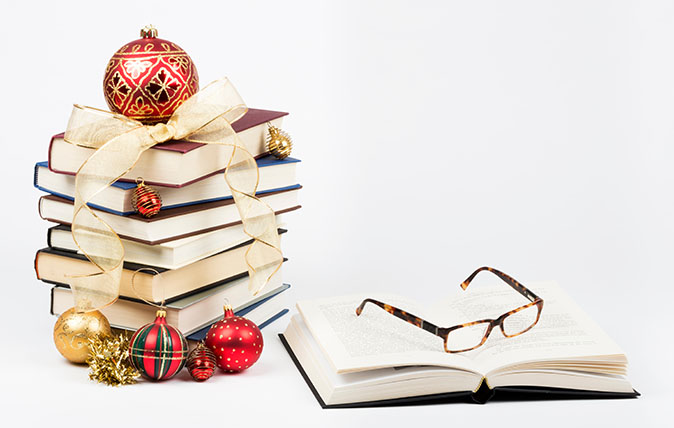
Credit: Alamy Stock Photo
The best books to give this Christmas
Emily Rhodes suggests eight books that would make the ideal literary stocking filler.
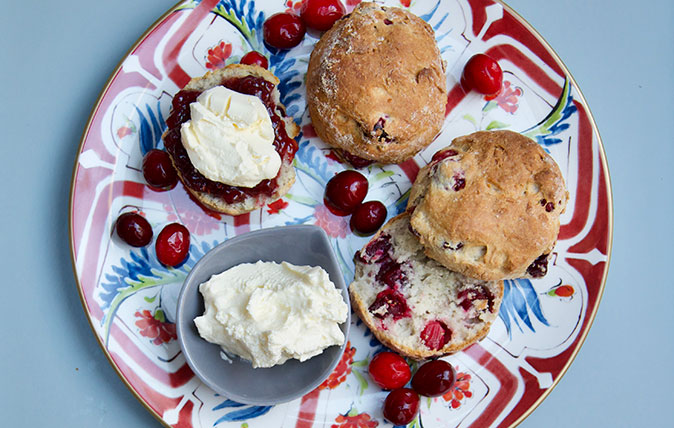
Credit: Melanie Johnson
How to make cranberry scones for a cream tea with a Christmas twist
You might think of scones as something for sunny summer afternoons – this recipe will change that.
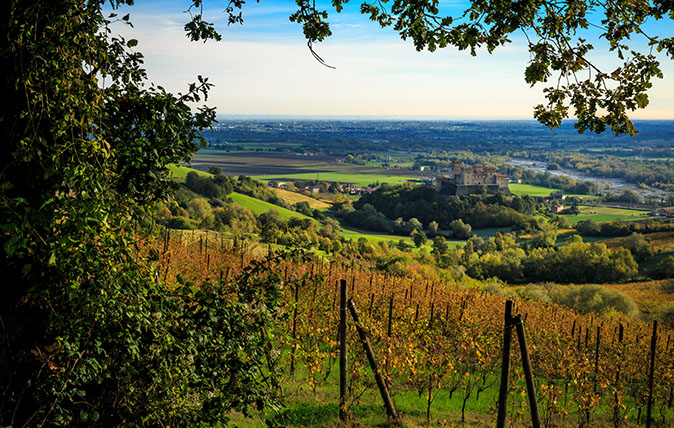
Credit: Alamy Stock Photo
A foodie tour of Emilia Romagna, where Parma ham and proper Parmesan are washed down with Lambrusco
The real Parmesan cheese, true Parma ham and Traditional Balsamic Vinegar, all confined to one region of production. Alexandra Fraser
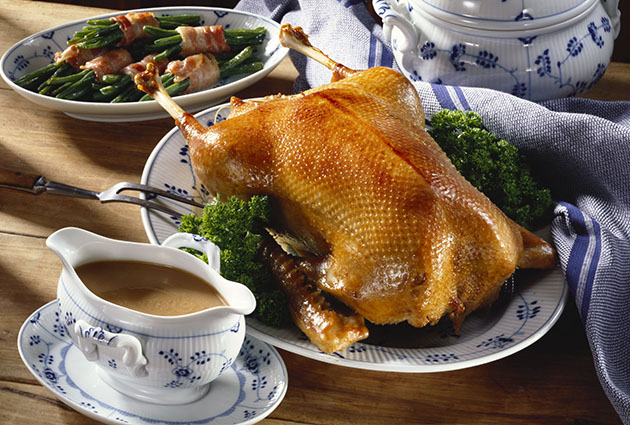
Perfect roast goose recipe from Mark Hix
Cooking the perfect Christmas goose, with delicious gravy, is a fantastic way to celebrate Christmas. Mark Hix explains how it's
Country Life is unlike any other magazine: the only glossy weekly on the newsstand and the only magazine that has been guest-edited by HRH The King not once, but twice. It is a celebration of modern rural life and all its diverse joys and pleasures — that was first published in Queen Victoria's Diamond Jubilee year. Our eclectic mixture of witty and informative content — from the most up-to-date property news and commentary and a coveted glimpse inside some of the UK's best houses and gardens, to gardening, the arts and interior design, written by experts in their field — still cannot be found in print or online, anywhere else.
-
 Two quick and easy seasonal asparagus recipes to try this Easter Weekend
Two quick and easy seasonal asparagus recipes to try this Easter WeekendAsparagus has royal roots — it was once a favourite of Madame de Pompadour.
By Melanie Johnson
-
 Sip tea and laugh at your neighbours in this seaside Norfolk home with a watchtower
Sip tea and laugh at your neighbours in this seaside Norfolk home with a watchtowerOn Cliff Hill in Gorleston, one home is taller than all the others. It could be yours.
By James Fisher
-
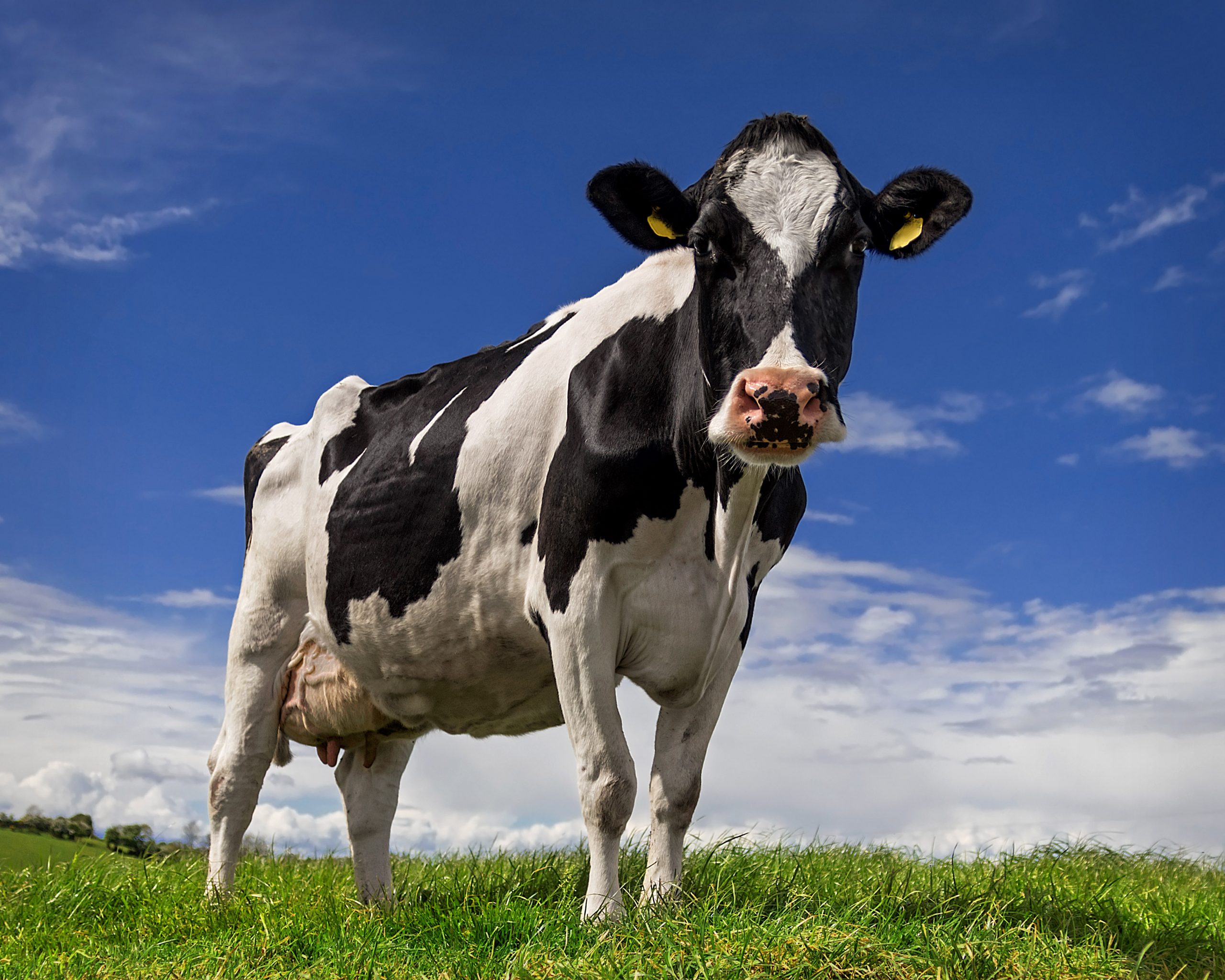 'The Swiss Army Knife of foods': Untangling the truth and lies around milk
'The Swiss Army Knife of foods': Untangling the truth and lies around milkMilk's reputation has seen plenty of ups and downs in recent years, but the farmer, chef and writer Matthew Evans is trying to put the record straight. Scottish farmer — and regular Country Life columnist — Jamie Blackett takes a look at Evans's new book, 'Milk: The truth, the lies and the unbelievable story of the original superfood'.
By Jamie Blackett
-
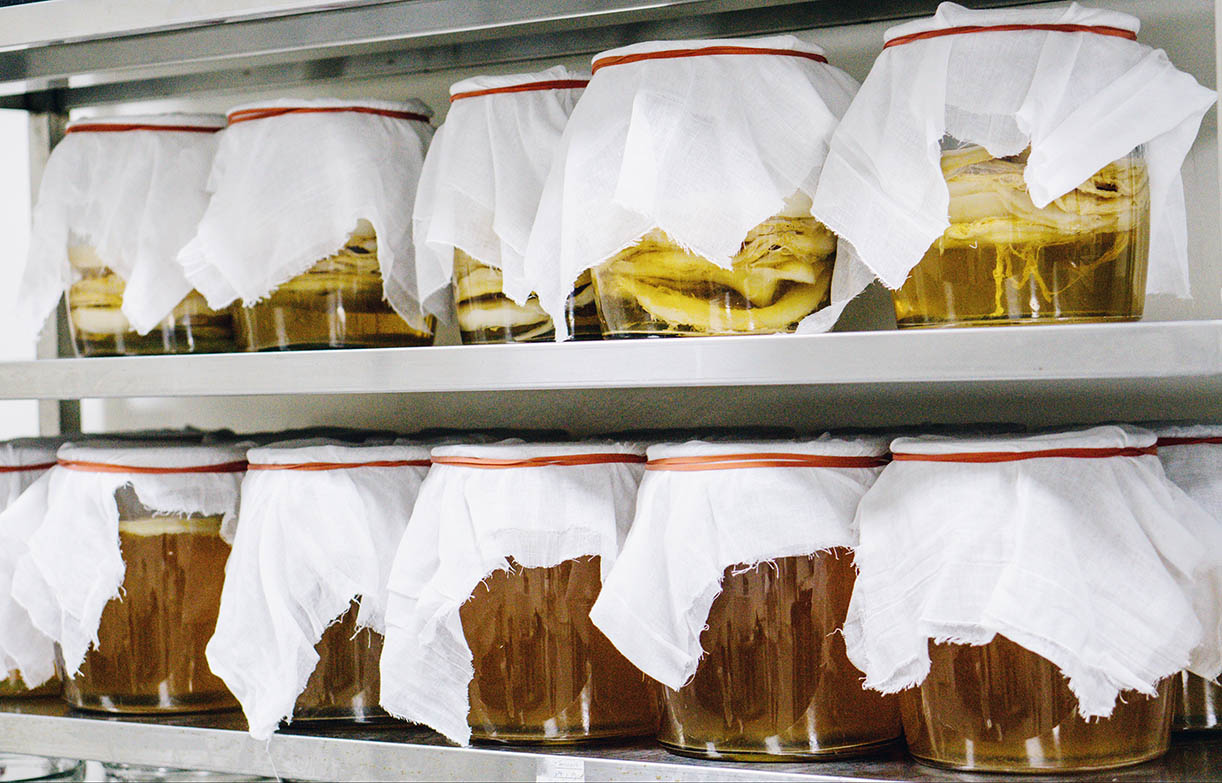 A beginner’s guide to fermentation: ‘After two days it smelt distinctly cheesy, but better at least than the dead-badger smell I was expecting’
A beginner’s guide to fermentation: ‘After two days it smelt distinctly cheesy, but better at least than the dead-badger smell I was expecting’From sauerkraut and kombucha fruit leather to pickled plums and honey marmalade, the art of fermentation is one well worth learning, advocates lifelong forager John Wright.
By Country Life
-
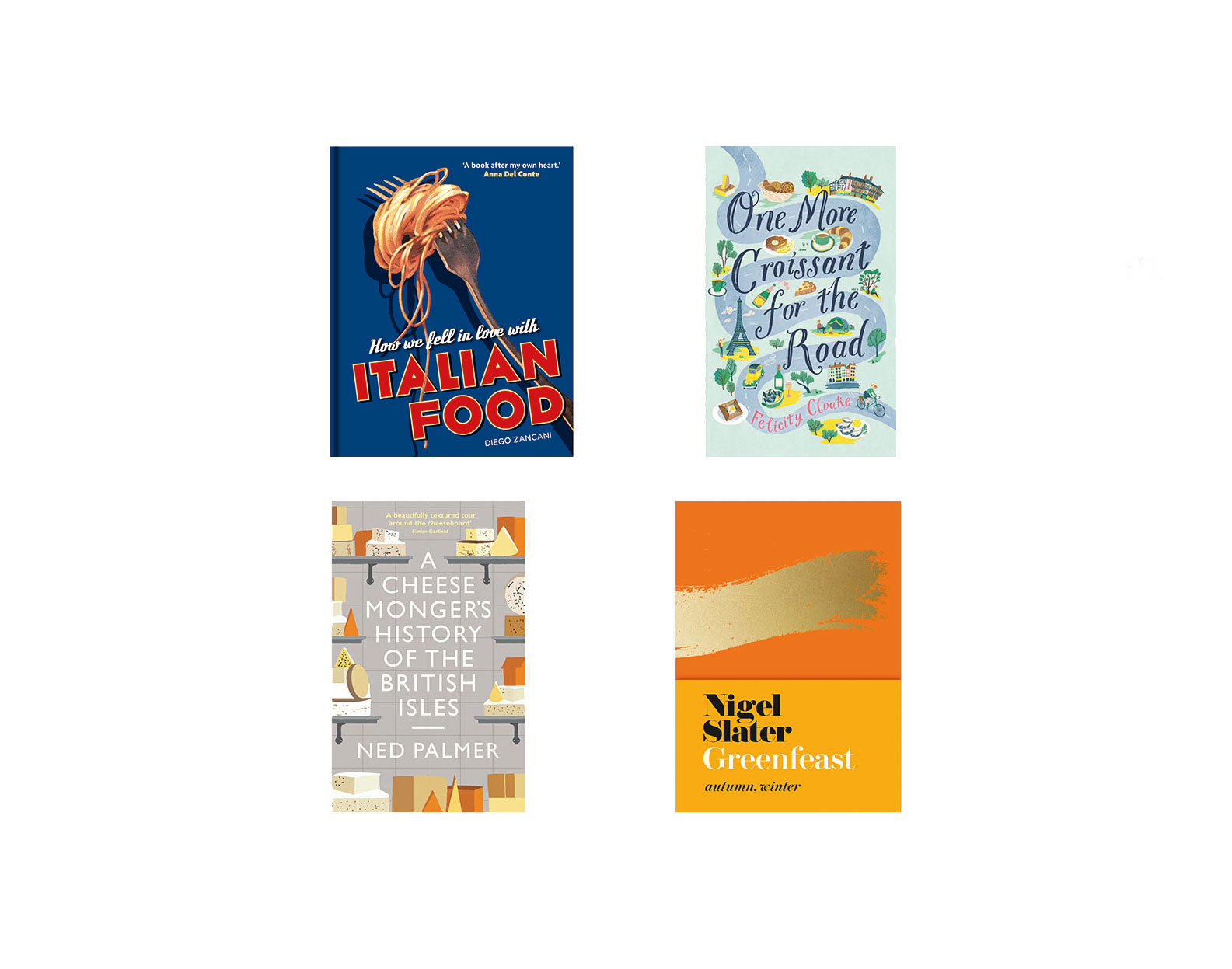 Nine books about cooking that make perfect Christmas gifts for foodies, from Nigel Slater's latest to a book that 'deserves a Michelin star'
Nine books about cooking that make perfect Christmas gifts for foodies, from Nigel Slater's latest to a book that 'deserves a Michelin star'Leslie Geddes-Brown devours the latest cookery books to hit shelves, from a study of Italian food to a tour of Britain via the medium of cheese.
By Country Life
-
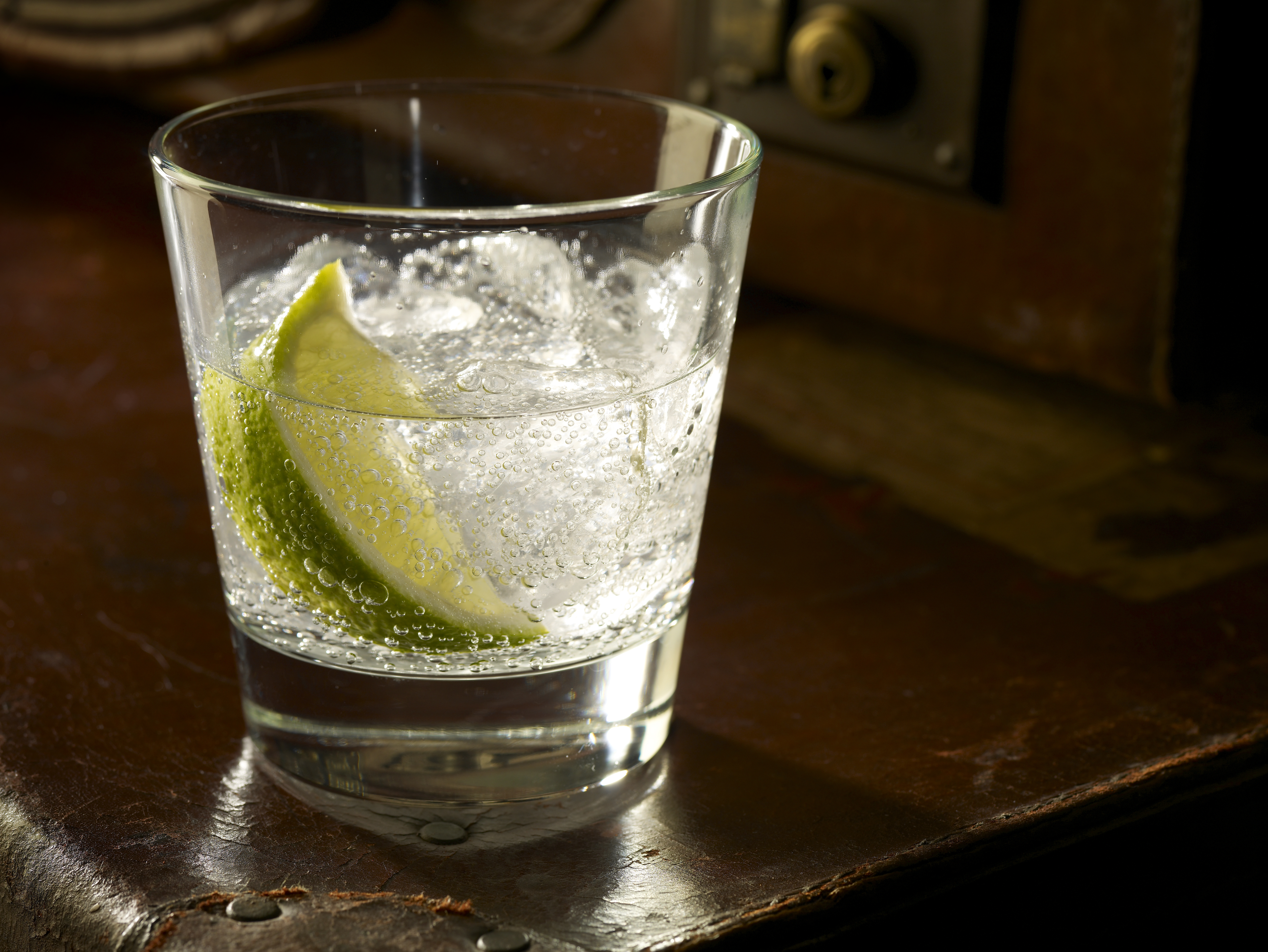 Curious Questions: Who invented the gin and tonic?
Curious Questions: Who invented the gin and tonic?Gin and tonic is arguably the greatest cocktail ever created — but who first mixed these two seemingly unlikely ingredients together? A new book seeks to tackle this curious question.
By Toby Keel
-
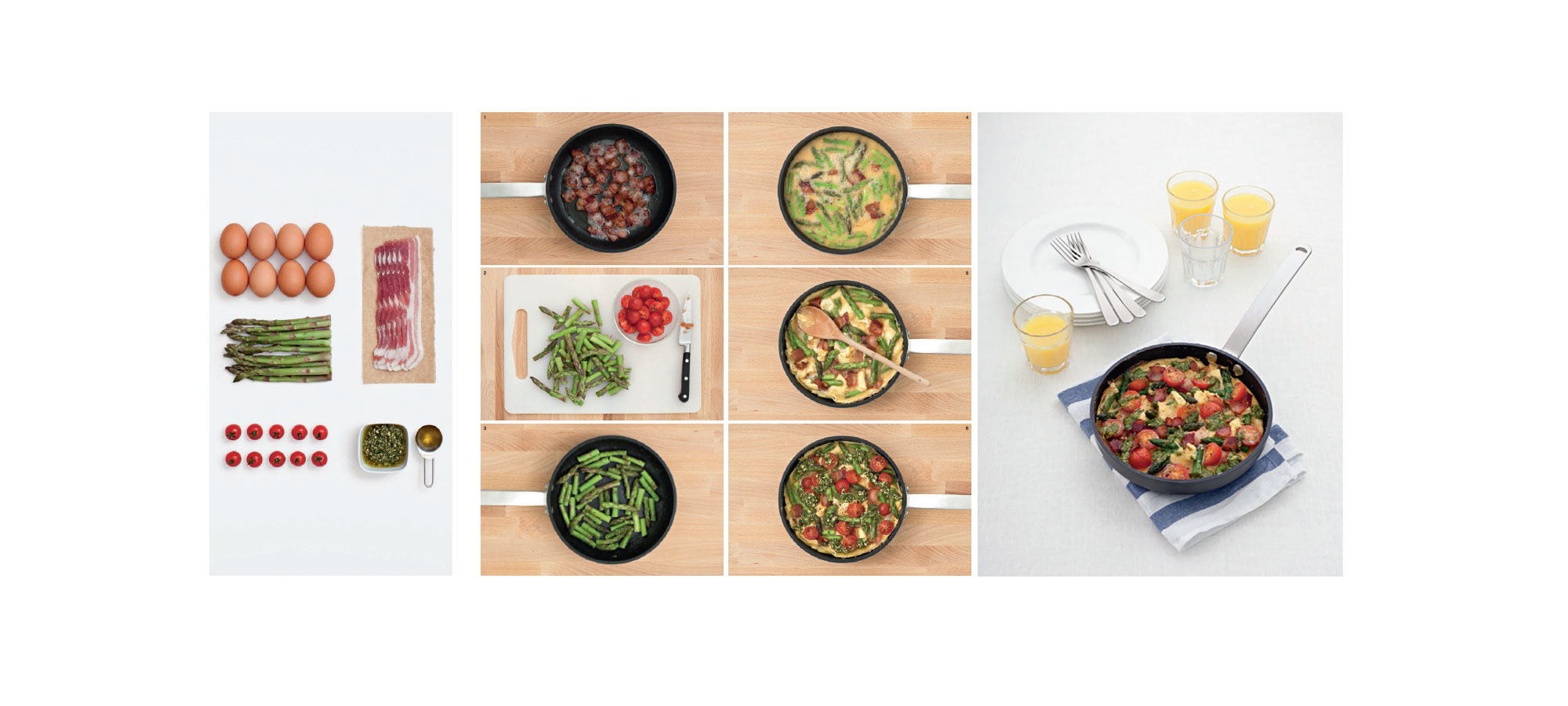 How to make Jane Hornby's asparagus and bacon frittata
How to make Jane Hornby's asparagus and bacon frittataThis delicious recipe ideal for an indulgent weekend brunch comes from Jane Hornby's latest cookery book.
By Toby Keel
-
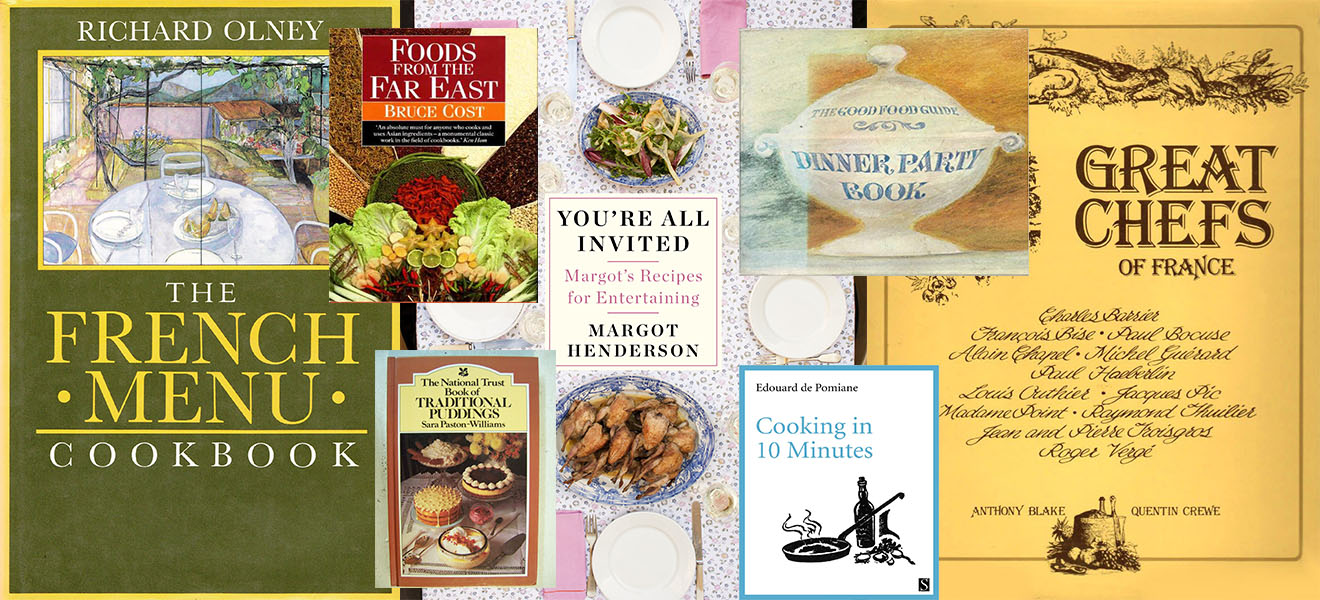 Simon Hopkinson's top ten cookbooks, from The French Menu to Food from the Far East
Simon Hopkinson's top ten cookbooks, from The French Menu to Food from the Far EastClear some shelf space because Country Life’s resident chef Simon Hopkinson, author of the award-winning Roast Chicken and Other Stories, has picked his all-time favourite cookbooks and their standout recipes.
By Simon Hopkinson
-
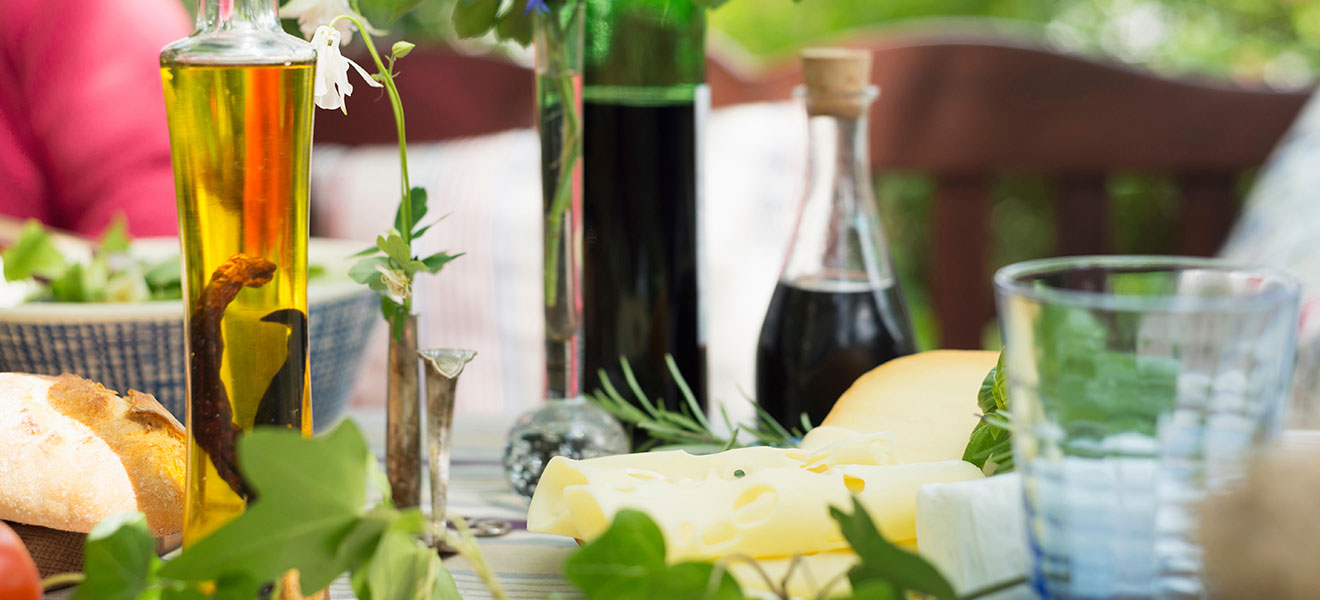 Six sublime cookbooks to help you make perfect Italian food
Six sublime cookbooks to help you make perfect Italian foodNo fewer than six new Italian food cookbooks are out this summer – which one should you get?
By Country Life